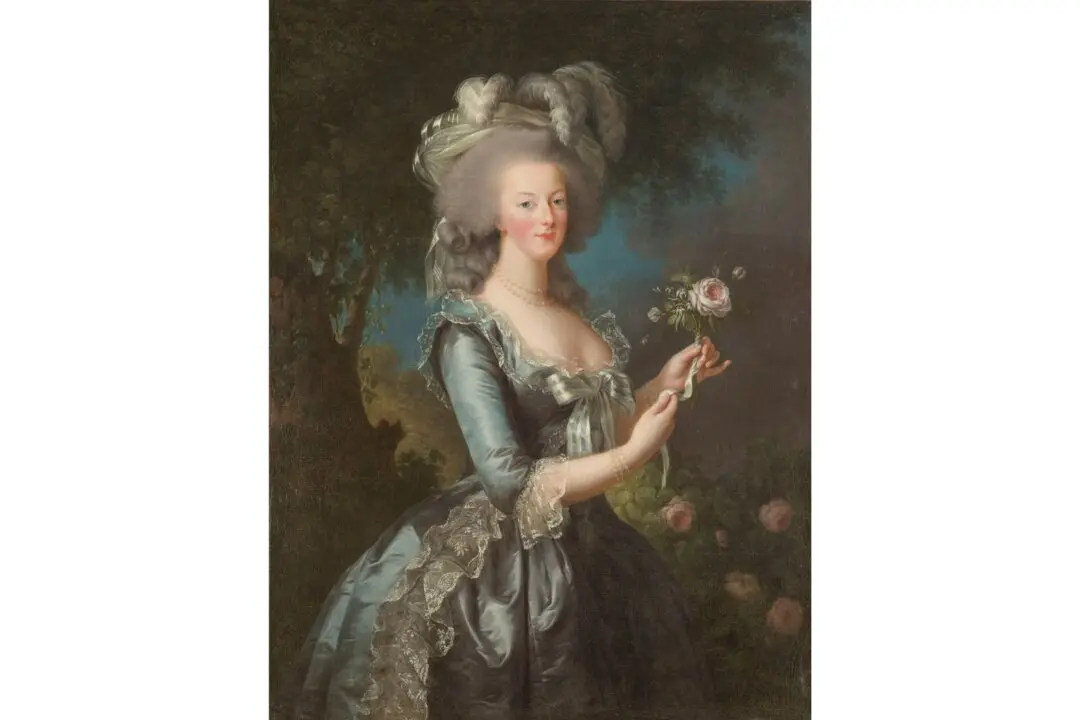It’s 1970. In a woodworking class in Dungannon, County Tyrone, Northern Ireland, 11-year-old Jim Regan is eagerly surveying a block of wood in readiness for carving a rabbit. Although enthusiastic, Regan thinks: “What good will this do me?”
Little did young Regan realize then that the skills he learned in carving that rabbit he would use every day in his 35-year career as a glass cutter for Tyrone Crystal.






